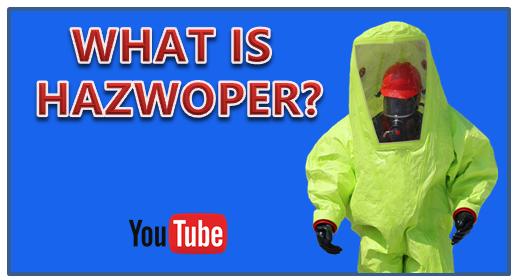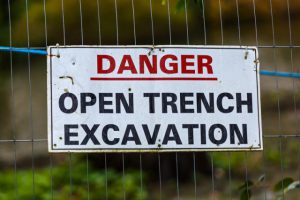
Trench Safety
23 construction workers died in trench collapses in 2016, which exceeded the total number of trench-related construction deaths from 2014 and 2015 combined. In response, the Kentucky Fatality Assessment and...
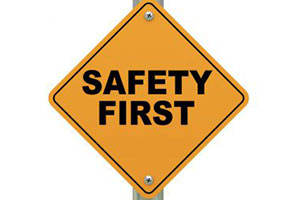
Workplace Safety Mistakes
Mistakes happen. However in the workplace, mistakes can be dangerous to your health and safety. Below are some common workplace mistakes that can lead to injuries and accidents. By familiarizing...
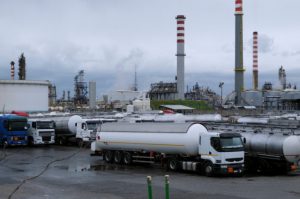
DOT Hazmat Requirements
The U.S. Department of Transportation (DOT), through the Pipeline and Hazardous Materials Safety Administration (PHMSA), requires that workers involved in the transportation of hazardous materials meet various training requirements. These...

Common Health & Safety Myths
There are hazards all around us, however many workers assume they don’t need to worry about workplace safety. Below are some of the most common health and safety myths found...

Respiratory Disease Prevention
The National Institute for Occupational Safety and Health (NIOSH) has reported that about 70% of occupational disease deaths are due to respiratory diseases and cancers caused by harmful exposures on...
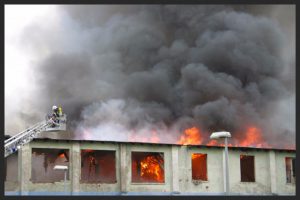
Workplace Fire Prevention
The National Fire Protection Association reports that in 2016, nearly 3,000 civilians were killed in structure fires. Although people don’t often think about the possibility of a fire at work,...

Workplace Injury Prevention
Nobody plans to get hurt on the job, but it happens more frequently than it should. Below are common workplace hazards and some simple preventative actions you can take to...
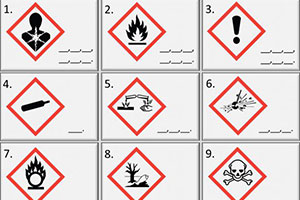
HAZCOM Pictograms
The Hazard Communication Standard (HCS) requires pictograms on labels when users may be exposed to chemical hazards. Each of the HCS pictograms conveys a specific hazard(s) and it’s important for...
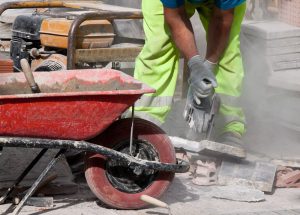
Respirable Crystalline Silica Standard
OSHA’s enforcement of the Respirable Crystalline Silica Standard for Construction is set to begin on September 23, 2017. The rule is intended to limit respirable crystalline silica exposure in workers,...

